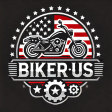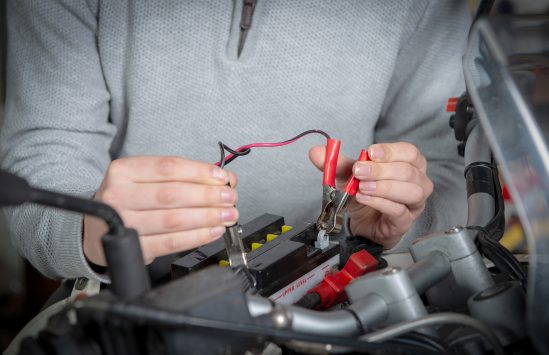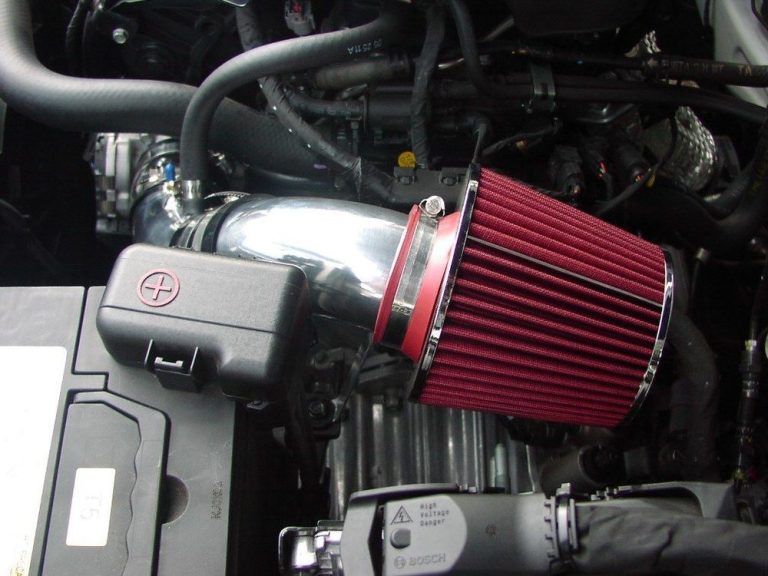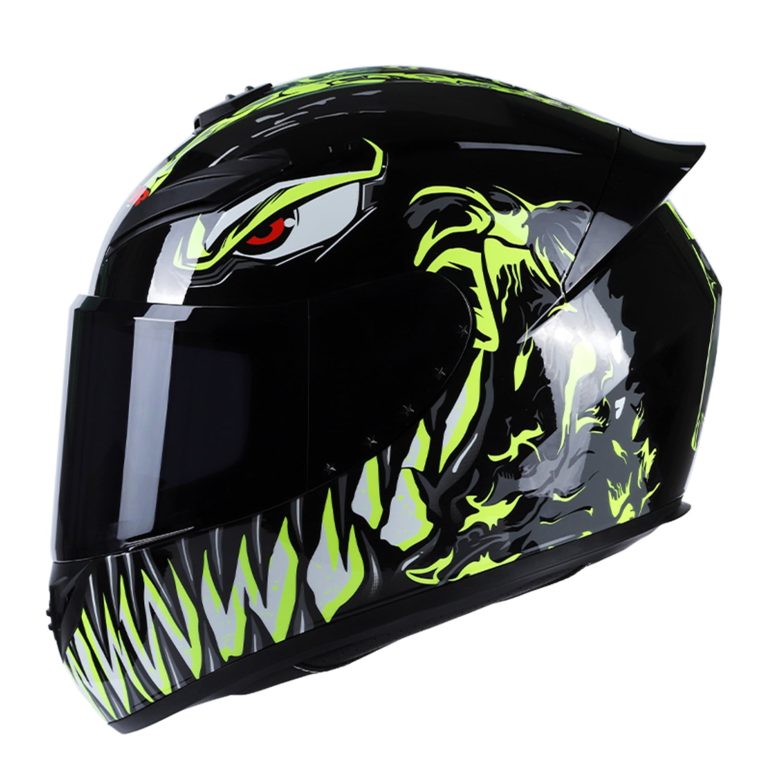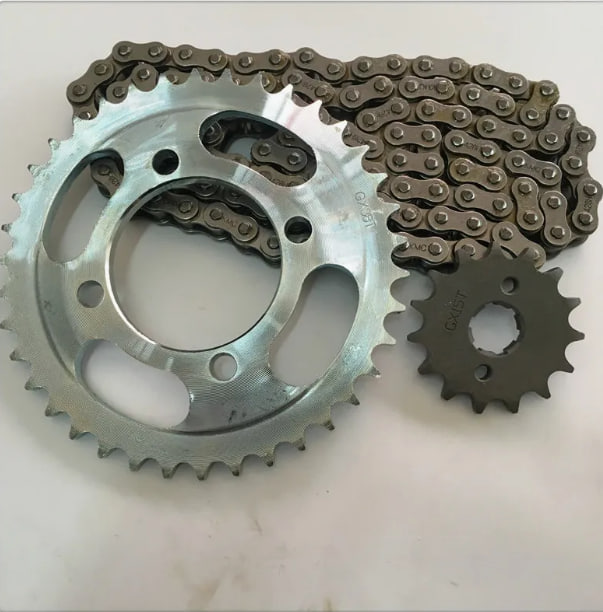Types of Motorcycle Helmets and How to Choose the Best Fit
Introduction: The Importance of a Good Helmet
A motorcycle helmet is more than just an accessory—it’s essential safety gear that protects your head in the event of an accident. Selecting the right helmet involves understanding different types, ensuring proper fit, and considering features that suit your riding style. With the right helmet, you can enhance safety, comfort, and even style. This guide will help you explore the various types of motorcycle helmets and provide tips for choosing the perfect fit.
1. Types of Motorcycle Helmets
Motorcycle helmets come in several styles, each designed for specific types of riders and riding conditions. Here’s an overview of the most common types:
a. Full-Face Helmets
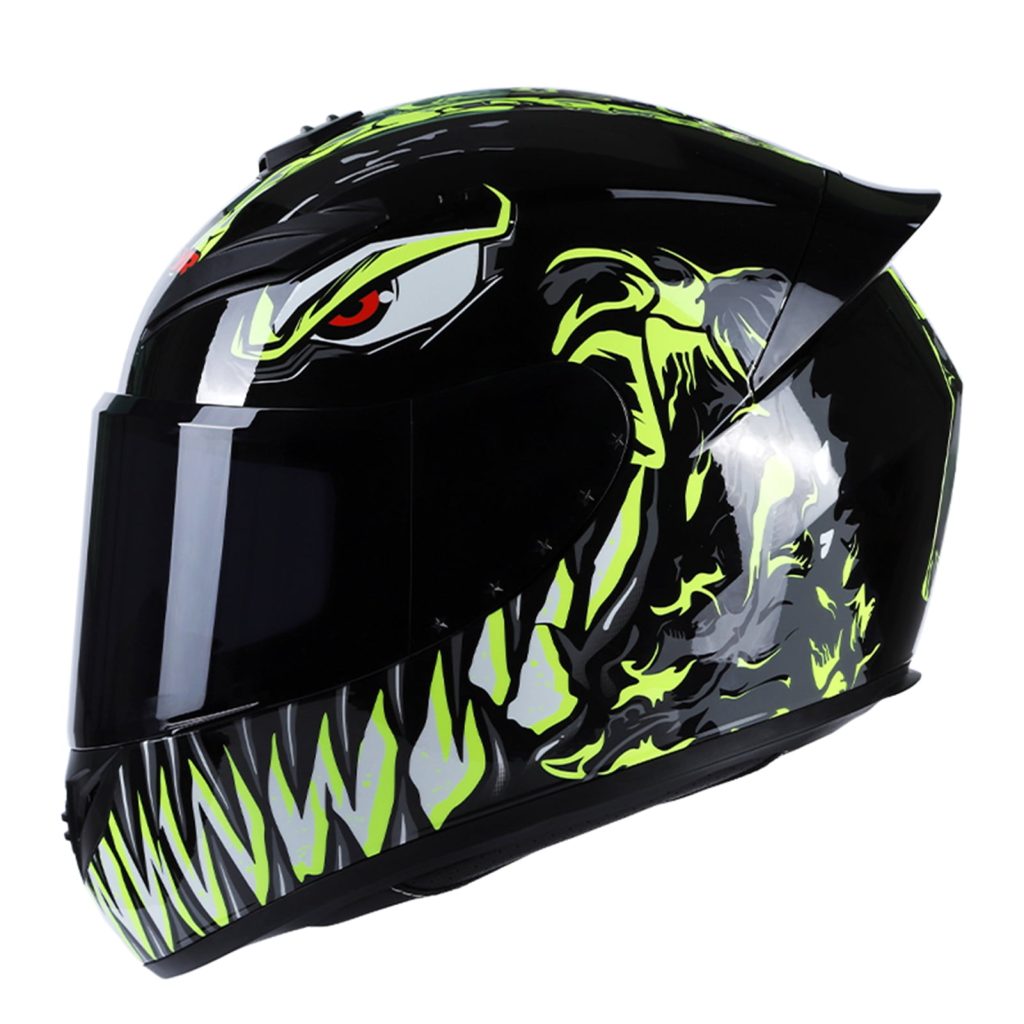
Full-face helmets offer the most comprehensive protection, covering your entire head, including the chin and face.
- Best For: Sport bikes, touring, and high-speed riding.
- Features: Integrated visor, ventilation systems, and enhanced aerodynamics.
- Pros: Maximum protection, reduces wind noise, and shields against debris.
- Cons: Heavier and may feel less ventilated than other types.
Tip: Look for models with anti-fog visors and adjustable vents for improved comfort.
b. Modular Helmets (Flip-Up Helmets)
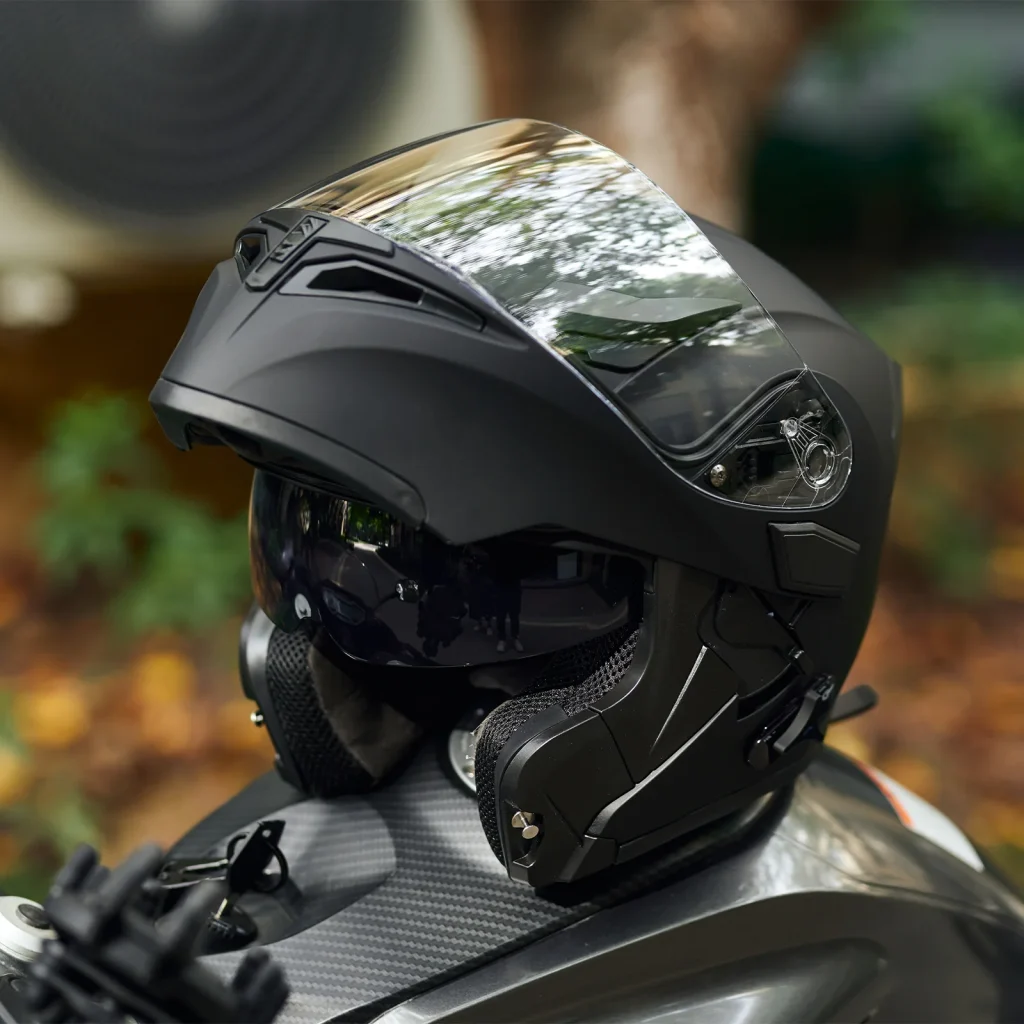
Modular helmets combine the safety of full-face helmets with the convenience of an open-face design. The chin bar can be flipped up for easier communication or ventilation.
- Best For: Touring and commuter riders.
- Features: Flip-up chin bar, built-in sun visors, and ventilation.
- Pros: Versatile, easy to put on and take off.
- Cons: Slightly heavier and less protective than full-face helmets due to the hinge mechanism.
Tip: Ensure the locking mechanism is sturdy and secure to maintain safety when the chin bar is down.
c. Open-Face Helmets (3/4 Helmets)
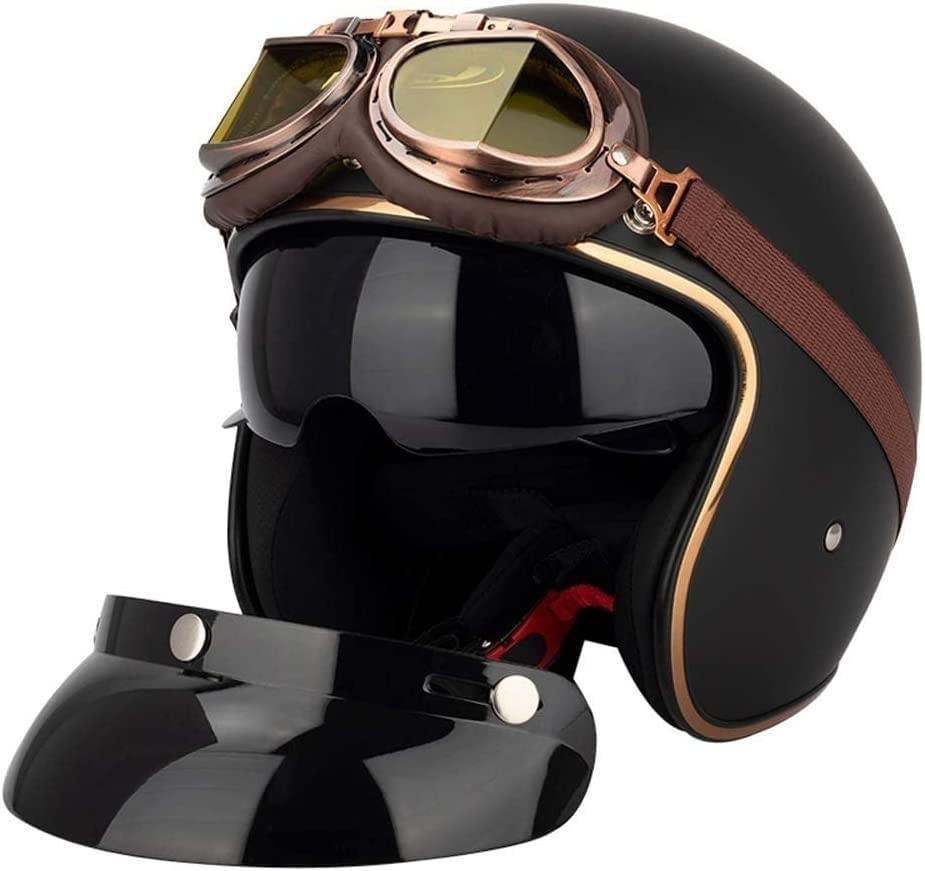
Open-face helmets cover the top, back, and sides of your head but leave your face exposed.
- Best For: Cruisers, scooters, and urban riders.
- Features: Wide field of vision and compatibility with goggles or face shields.
- Pros: Lightweight, excellent ventilation, and retro aesthetic.
- Cons: No chin protection and less overall safety.
Tip: Pair with a high-quality face shield or goggles to protect your eyes from wind and debris.
d. Half Helmets
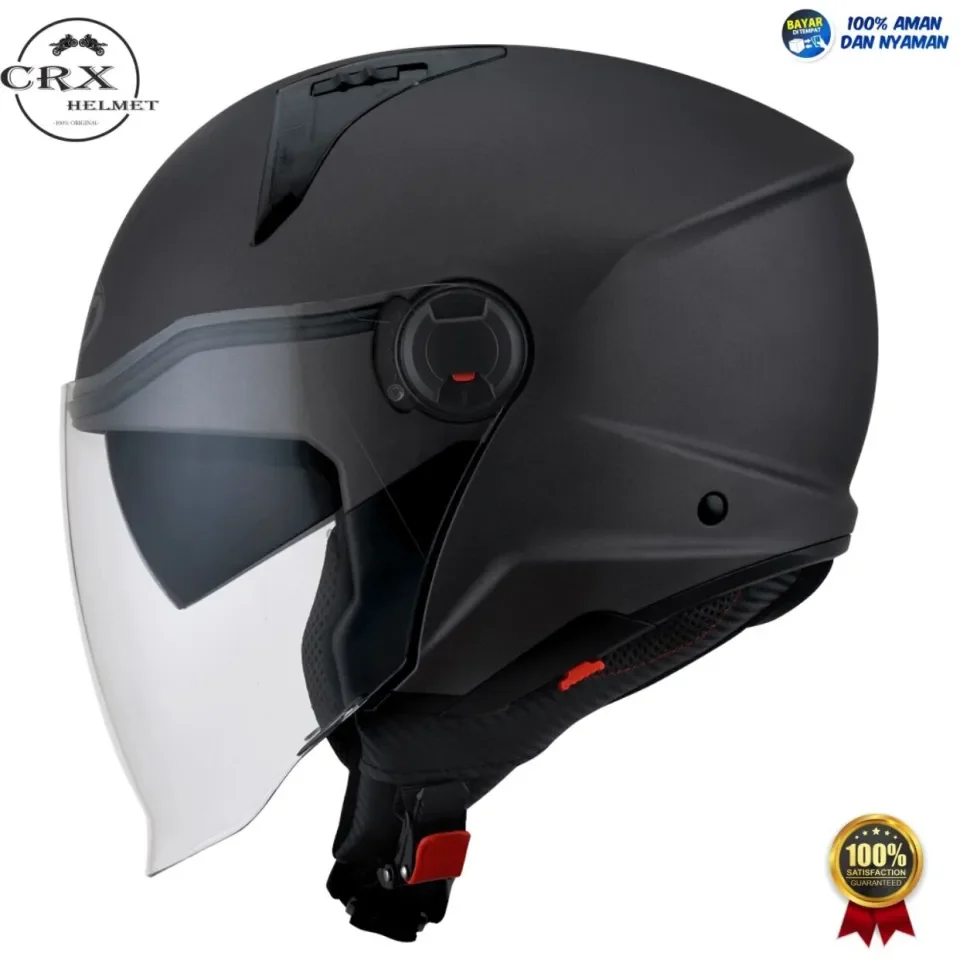
Half helmets provide the least coverage, protecting only the top of your head. They’re popular among riders who prioritize style over safety.
- Best For: Cruisers and riders looking for a minimalist design.
- Features: Lightweight construction, often with minimal padding.
- Pros: Lightweight and allows for maximum airflow.
- Cons: Minimal protection and no face or chin coverage.
Tip: Choose a half helmet with DOT certification for basic safety compliance.
e. Dual-Sport Helmets
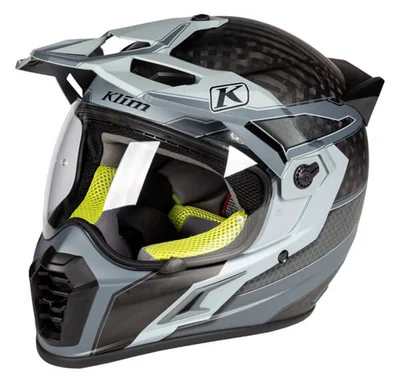
Dual-sport helmets are a hybrid between full-face and off-road helmets, designed for both on-road and off-road use.
- Best For: Adventure and dual-sport riders.
- Features: Large visor, peak, and better ventilation for off-road conditions.
- Pros: Versatile and comfortable for mixed terrain.
- Cons: Bulkier than street-specific helmets and noisier at high speeds.
Tip: Look for a dual-sport helmet with a removable peak and integrated goggles for maximum adaptability.
f. Off-Road Helmets (Dirt Helmets)

Off-road helmets are designed specifically for motocross and trail riding, providing excellent ventilation and protection for rugged terrains.
- Best For: Off-road and motocross riders.
- Features: Extended chin bar, large peak, and space for goggles.
- Pros: Lightweight and ventilated.
- Cons: Not ideal for highway use due to lack of soundproofing and aerodynamic features.
Tip: Always pair off-road helmets with goggles to protect your eyes from dust and debris.
2. How to Choose the Best Helmet Fit
The right helmet fit is crucial for safety and comfort. An improperly fitting helmet can reduce protection and lead to discomfort during rides. Follow these steps to ensure a perfect fit:
a. Measure Your Head
- Use a flexible tape measure to find the circumference of your head, wrapping it around the widest part (above your eyebrows and ears).
- Compare your measurement to the helmet manufacturer’s sizing chart.
Tip: Sizes can vary between brands, so always check specific size charts.
b. Try Before You Buy
- Wear the helmet for at least 10 minutes to assess comfort.
- Ensure it fits snugly without causing pressure points or discomfort.
Tip: The helmet should stay in place when you shake your head but shouldn’t be so tight that it feels constrictive.
c. Check for Proper Fit
- Cheek Pads: Should touch your cheeks without pressing too hard.
- Chin Strap: Should be snug, allowing only one or two fingers to fit between the strap and your chin.
- Movement: The helmet should not move freely when you try to rotate it.
d. Consider Helmet Shape
Helmets come in different internal shapes to match head profiles:
- Round Oval: For rounder head shapes.
- Intermediate Oval: Most common shape, suitable for slightly longer head profiles.
- Long Oval: For narrow, elongated head shapes.
Tip: Identify your head shape by looking in a mirror or consulting with a professional.
3. Key Safety Certifications
When choosing a helmet, always check for safety certifications to ensure it meets minimum safety standards:
- DOT (Department of Transportation): Required in the U.S., ensuring basic protection.
- ECE (Economic Commission for Europe): A widely recognized international standard.
- SNELL: Voluntary certification with more rigorous testing.
Tip: Avoid helmets without any certification markings, as they may not provide adequate protection.
4. Maintenance Tips for Your Helmet
Proper care extends the life of your helmet and ensures it remains effective:
- Clean the Interior: Remove and wash the interior padding regularly to prevent odors and bacteria buildup.
- Inspect for Damage: Check for cracks or wear after impacts, as a damaged helmet may no longer provide full protection.
- Replace When Necessary: Replace your helmet every 5 years or after a significant impact.
Tip: Store your helmet in a cool, dry place to avoid damage from heat and moisture.
Conclusion: Find Your Perfect Helmet
Choosing the right motorcycle helmet is a critical decision that affects both your safety and riding experience. By understanding the types of helmets, how they’re designed for different riding styles, and how to ensure a proper fit, you can make an informed choice. Always prioritize safety by selecting a helmet with the appropriate certifications and maintaining it regularly.
Whether you’re commuting, touring, or hitting the trails, the right helmet will keep you safe while adding comfort and style to your ride.
